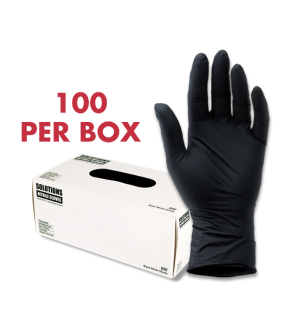Gain access to personalized product screening, the best pricing, rewards, and more!
Most Effective Products
List of All Pesticide Formulations
Pesticides come in various formulations. A formulation is the specific design of the pesticide, and without the proper knowledge, you will not know what type of sprayer to use or what restrictions to follow.
Most pesticide formulations contain an active ingredient and additives. Knowing the difference between each formulation can help you better understand how to control a pest.
Read this DIY guide to learn more about pesticide formulations and how to appropriately use them with the products and links suggested in our DIY guide.
Tools Needed
Depending on the pesticide, the application tool will vary. Listed below are some common examples:
- Sprayer (backpack, handheld pump, hose-end, mist-blower, spray rig, or other type of sprayer tool).
- Spreader (handheld, push, or broadcast).
- Aircraft
- Chemigation systems
- Foamer
- Duster
- Hose
What Are Pesticide Formulations
Pesticide formulations combine one or more active ingredients to control a certain insect, disease, fungi, or other pest.
Pesticide Formulation Types
Aerosols: are fine mists of liquid pesticides stored in ready-to-use aerosol cans. They help eliminate labeled pests either by direct contact spraying or after application with their residual.
Adjuvants/Additives: is a chemical that is added to a pesticide solution or tank mix to increase its effectiveness and penetration into target surfaces.
Bait: are ready-to-use pesticide formulations that contain an active ingredient mixed with food or another attractive substance to control pests.
Dust: These are ready-to-use pesticides that contain low to moderate levels of chemicals mixed with very fine and dry inert carriers.
Emulsifiable Concentrate: is a liquid pesticide formulation that contains active ingredients dissolved in solvents and emulsifiers. Typically, the liquid will be orange.
Granules: are ready-to-use formulations where the active ingredient coats the outer layer of the granules or is absorbed into small particles within the granules. It is similar to dust with the exception that the granules are larger and heavier.
Microencapsulated: are dry particles or liquid droplets enclosed within a plastic coating. Once mixed with water, this coating will dissolve and release the pesticide more slowly.
Pellets: are pesticides in organic material like sand, clay, or other spreadable dry substances.
Ready to Use (RTU): are pesticide formulations of pre-mixed dust or liquid concentrates.
Suspended Concentrate: also known as a flowable, is a formulation that contains an insoluble, solid active ingredient suspended in water.
ULV (Ultra Low Volume): is a type of pesticide application that disperses fine droplets of pesticide liquids into the air.
Water Dispersable Granules (WDG): is a solid pesticide solution, non-dusty granular formulation that dissolves quickly in water.
Water Soluble Powder (WSP): are a type of pesticide packaging that dissolves readily in water. The packets contain specific amounts of the pesticide to help make measuring and mixing easier.
Wettable Powder: a pesticide that contains fine amounts of powder readily mixed with water.
Key Takeaways
How Effective Are Pesticide Formulations
- Effectiveness of pesticide formulations depends on the timing, rate, and level of infestation, active ingredient, application method, and whether it is applied appropriately.
Are Pets and Children Safe with Pesticide Formulations
- Pesticides are safe around people and pets when applied according to the product label instructions. Always keep people and pets out of the treated area for as long as instructed.
What Type of Pesticide is Used For Lawns
- The most common type of pesticides to use for plant care and lawns are herbicides.









